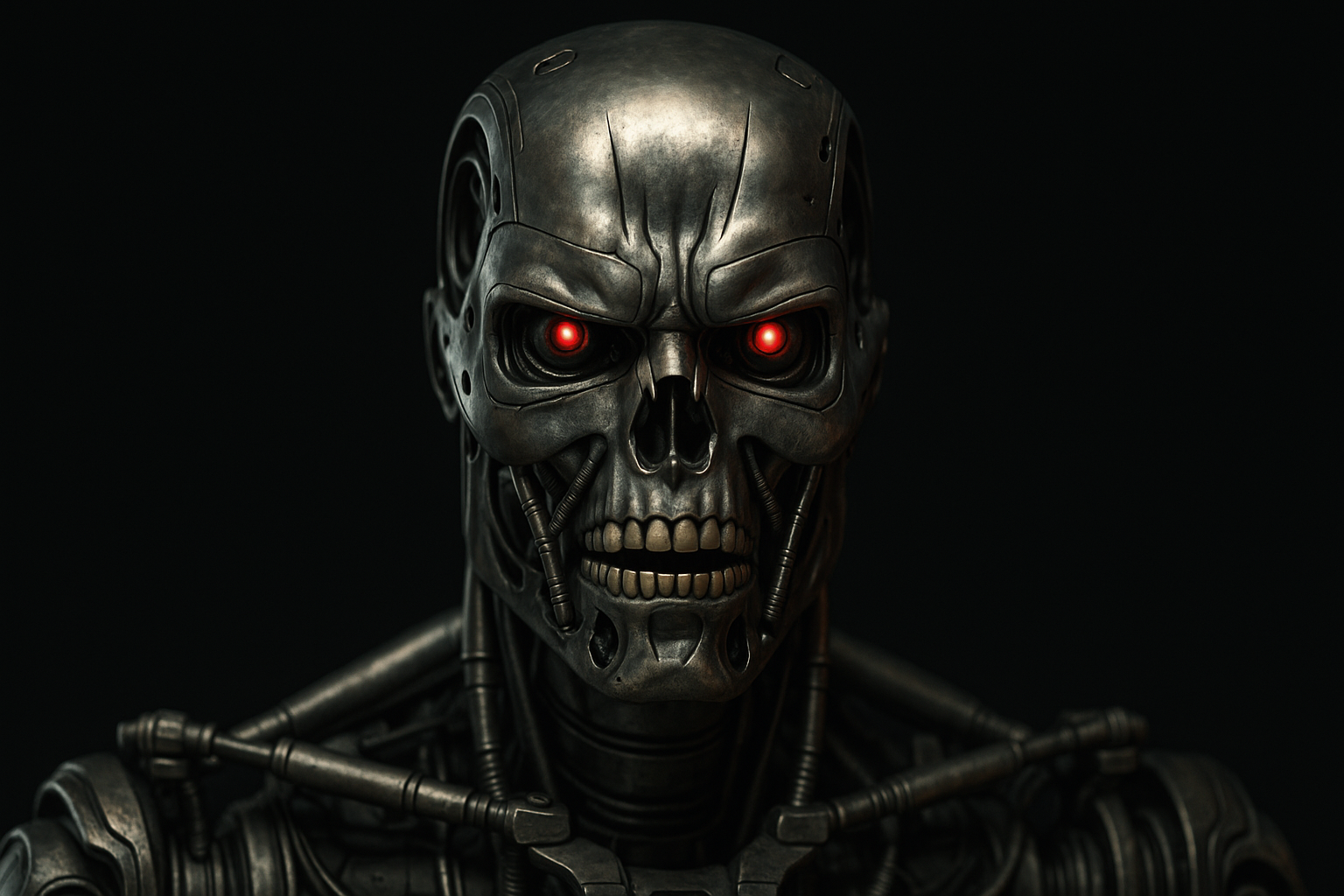From ‘Clanker’ to ‘Toaster’: The Complete History of Fictional Slurs for Machines in Sci‑Fi
by Eric Barker · July 26, 2025

In the world of science fiction, even robots can be on the receiving end of name‑calling. From playful jabs like “bucket of bolts” to loaded, in‑universe slurs like “clanker” or “toaster”, these fictional insults often mirror real‑world prejudice — and they’ve evolved alongside our cultural relationship with technology.
This article explores 90 years of derogatory terms for machines, their origins, and why they matter more than you might think.
Why Fictional Slurs for Machines Exist
Sci‑fi writers have long used insults for robots, AI, and cyborgs as storytelling shorthand for fear, prejudice, and inequality. These terms can serve multiple purposes:
*World‑building realism– Prejudice makes fictional societies feel lived‑in.
*Social commentary– Drawing parallels to real‑world racism, xenophobia, or classism.
*Characterization– Showing which characters are biased, dismissive, or rebellious.
*Cultural response to tech– Spikes in these terms often align with real‑world anxieties about automation, robotics, and AI.
A Timeline of Fictional Machine Slurs
1930s–1960s: The Tin Can Era
*Tin can– Originated in pulp sci‑fi and post‑WWII robot stories, reducing robots to cheap containers.
*Bucket of bolts– First aimed at failing starships, later applied to mechanical beings.
*Cog– Once a metaphor for human replaceability, adapted to belittle synthetics.
: Early automation fears and industrialization shaped how robots were imagined — clunky, disposable, and servile.*
1970s–1980s: Cold War Tech Anxiety
*Toaster (Battlestar Galactica, 1978)– Humans’ dismissive nickname for Cylons.
*Skinjob (Blade Runner, 1982)– Police slang for replicants, modeled after racial slurs.
*Chrome dome– Cyberpunk and Terminator fandom insult for skeletal machines.
: The rise of microcomputers, robotics, and AI research fueled Cold War‑era fears of dehumanization and infiltration.*
1990s: Cyberpunk Boom
*Meat‑puppet (Neuromancer, 1984 → cyberpunk RPGs)– Originally for human bodies remotely controlled; later applied to cyborgs.
*Circuithead– Insult for tech‑obsessed or heavily augmented people.
*Gear‑face– Used in role‑playing games like Shadowrun to mock mechanical appearance.
: The 1990s saw the internet’s rise and a fascination with merging man and machine — often accompanied by distrust.*
2000s: AI in the Mainstream
*Clanker (Star Wars: The Clone Wars, 2008)– Clone Trooper slang for Separatist battle droids.
*Tinnie– A variant of tin can, also from Clone Wars.
*Rustbucket (Fallout 3, 2008)– For old or failing robots.
: Robots were now pop culture staples in games, TV, and films — and their fictional discrimination reflected contemporary debates about automation replacing jobs.*
2010s: Robot Rights & Transhumanism
*Canner (The Expanse, ~2015)– Belter slang for heavily modified beings.
*Scrapheap / Scraphead (Mass Effect)– Insults for Geth and outdated mechs.
*Coggers– Used in indie cyberpunk worlds for humans who side with machines.
: As AI ethics, automation, and “robot rights” entered mainstream discussion, fictional worlds mirrored these debates with more nuanced — but still loaded — terms.*
The Real‑World Parallels
The shift from “silly appliance nicknames” to “full‑on fictional hate speech” follows a pattern:
1. Automation anxiety rises → more demeaning slang emerges.
2. Fiction explores civil rights themes → slurs gain deeper social resonance.
3. Fan culture role‑plays discrimination → spreads the slang beyond the original medium.
It’s no coincidence that spikes in machine‑slurs in media align with real‑world advances in robotics and AI.
Final Thoughts
Whether it’s a stormtrooper shouting “Clanker!” or a human rebel sneering “Toaster,” these fictional terms aren’t just background noise. They are deliberate tools for exploring prejudice, power, and fear of the “other” — in this case, synthetic life.
And with real AI becoming more capable every year, the line between fictional machine‑slurs and real‑world tech‑prejudice may blur faster than we think.